Lapierre has announced an update to its XR cross-country mountain bike platform with its new XR and XRM models.
First launched in 2013 as a lighter-weight alternative to the X-Control, this third-generation series sees refinements to its carbon construction and geometry.
There will be two frame models in the range – the XR and the XRM, that both run on 29in wheels.
The XR is the weight-weenie offering, sporting 100mm of suspension travel front and rear. It is offered in two tiers, with the Team version representing the top of the range.
The XRM ups the travel to 120mm front and 110mm rear. There is just one tier of carbon frame initially.
Pricing and availability is to be confirmed.
New lightweight carbon construction

Reducing weight was a key focus with the new XR, according to Lapierre.
Lapierre has refined its carbon manufacturing process and has achieved a lower weight by using a new carbon construction method it calls UD SLI (Unidirectional Superlight Innovation). Prior to this, the brand used standard pre-impregnated unidirectional carbon fibre.
The brand says UD SLI involves the use of new unidirectional Torayca carbon fibres, although Lapierre has remained vague on the exact properties of this.
To optimise the use of these fibres, Lapierre say it has also developed a new polypropylene rigid mandrel.
The mandrel is what the fibres are wrapped around in the manufacturing process and is extracted once the carbon is cured.
This is said to result in greater precision in the layup process and better compression of fibres in the mould, and it expels a maximum of the excess resin.
Lapierre says it has also reduced the wall thicknesses of the tubes wherever possible to shave weight.
Ultra-light carbon frames can be more susceptible to fracturing or puncturing of the walls due to the thinner wall thickness. However, Lapierre claims its new construction is more resistant to impacts.
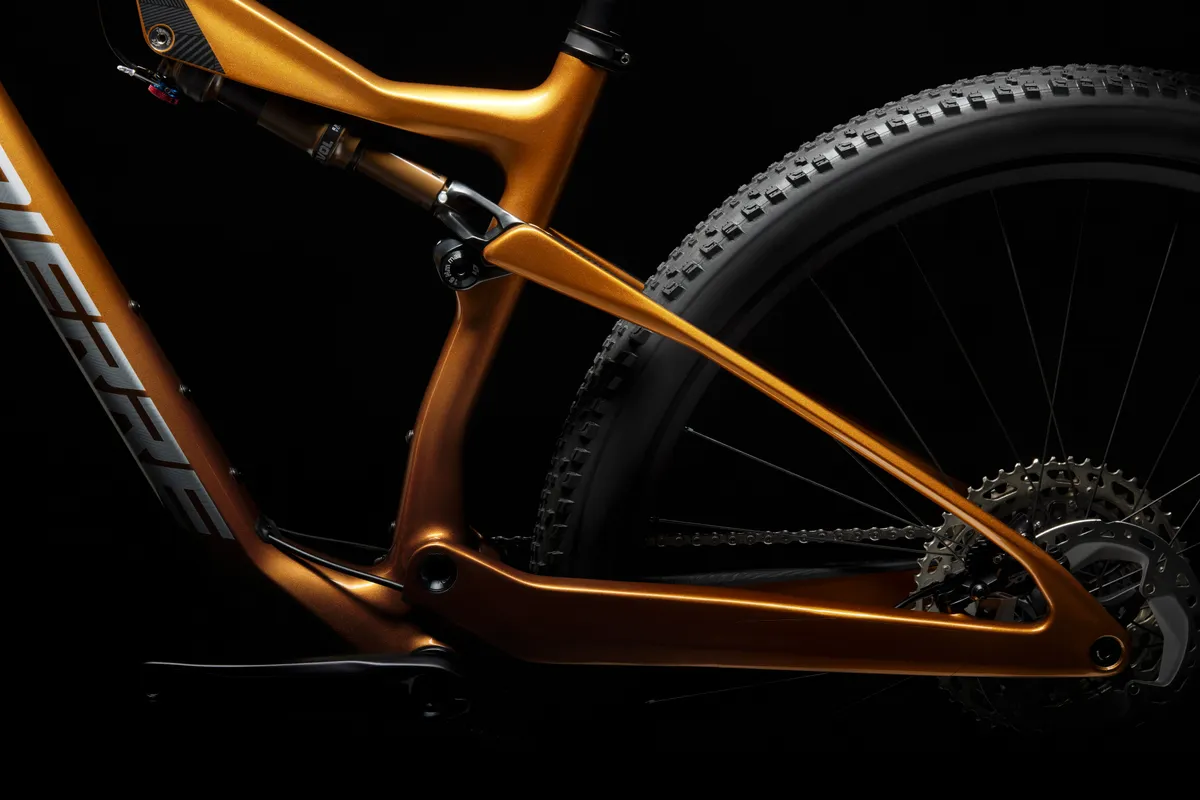
Lapierre has further shaved weight by simplifying the rear triangle, suppressing the articulation between the chainstays and seatstays due to the lack of any pivots there, resulting in a claimed 90g saving.
Lapierre claims a bare frame (excluding the shock, bearings and bolt hardware) of the XR / XRM Team comes in at 1,772g. The standard version of the bare frame comes in at 1,970g.
To put these weights into context, the outgoing XR tips the scales at a claimed 2,079g.
Lapierre XR and XRM suspension design
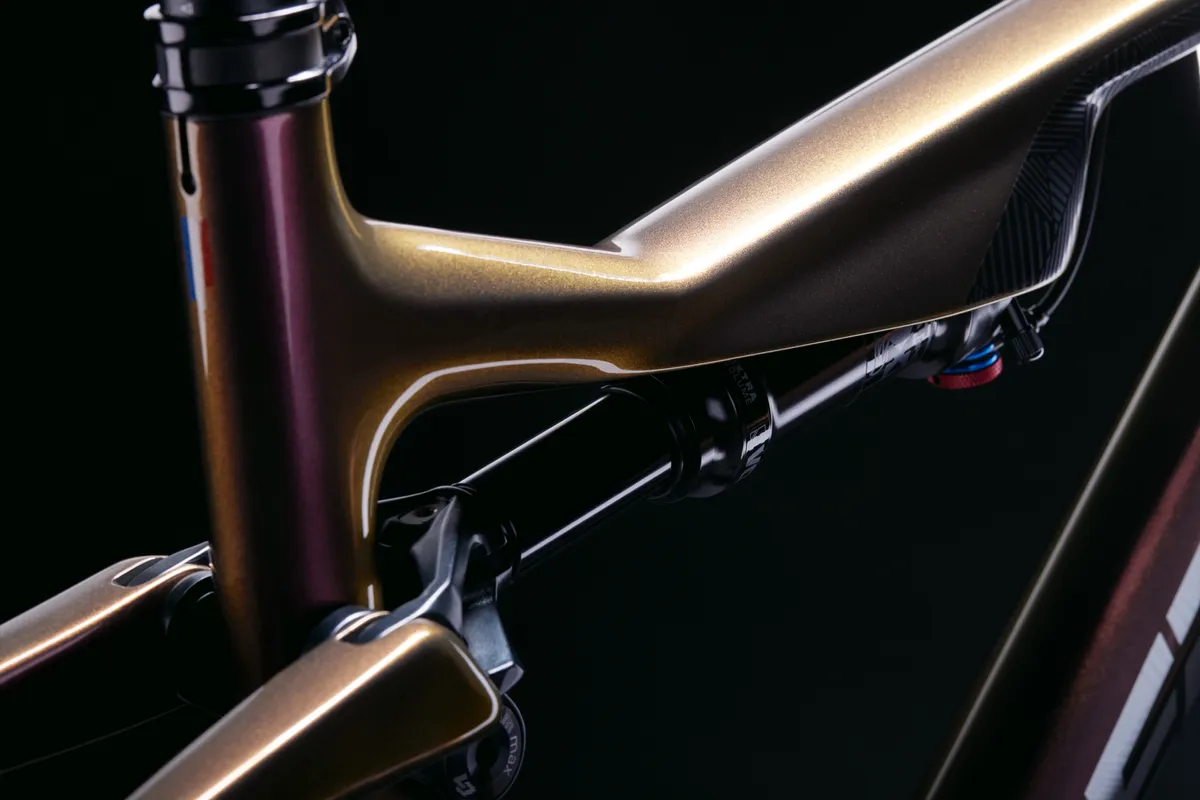
Lapierre has tweaked the suspension kinematics – which it has dubbed as its Optimised Sensitivity system (rather than OS+) – with a revised shock placement and the use of FlexStays.
The shock is now positioned underneath the top tube, and forgoes the linkages used on the outgoing model to further shave weight.
Lapierre has made this change to reduce stress on the seat tube, as well as to better protect the shock from debris. It also opens up the front triangle to accept two bottle cages.
Like many new cross-country mountain bikes, the XR / XRM frames use FlexStays.
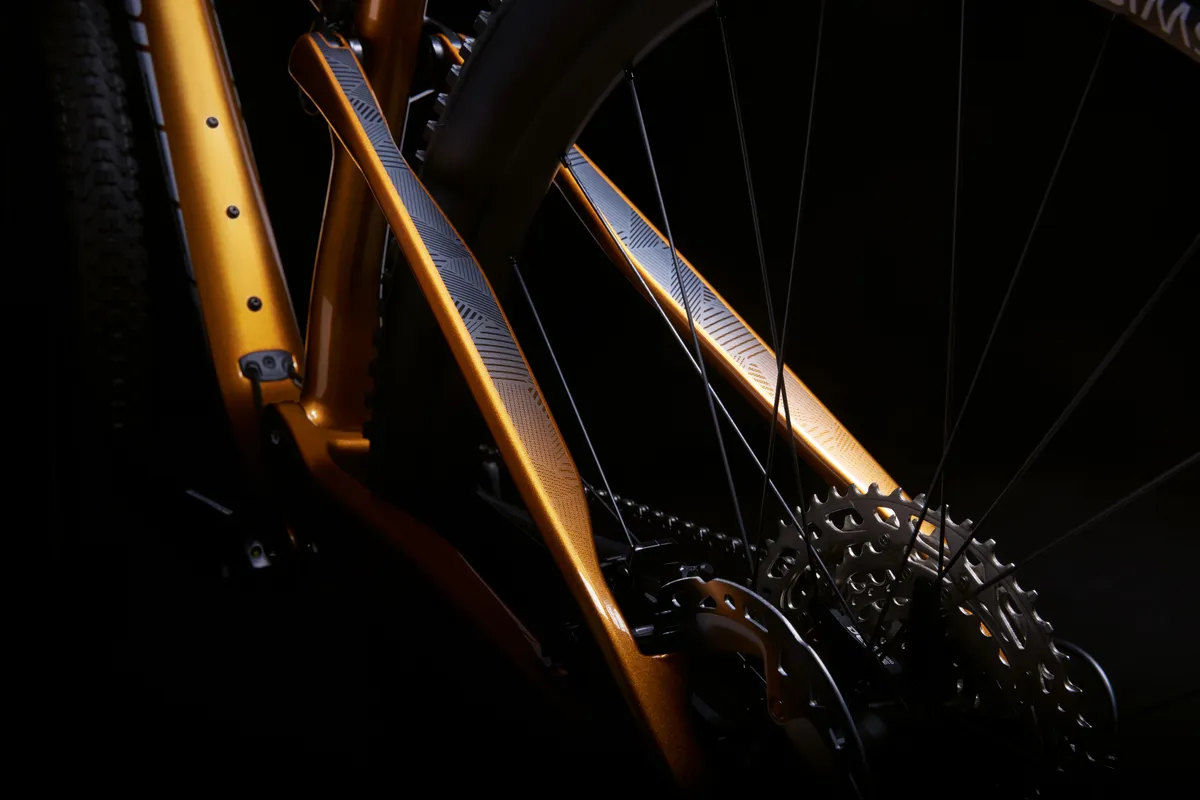
Lapierre says the kinetics of the seatstays allow a constant sag because they maintain a neutral position when the sag is set at 26 per cent, independent of the weight of the rider.
Lapierre has also placed the pivot above the bottom bracket slightly higher to counteract pedal kickback when the suspension compresses.
Revised geometry for new Lapierre XR and XRM
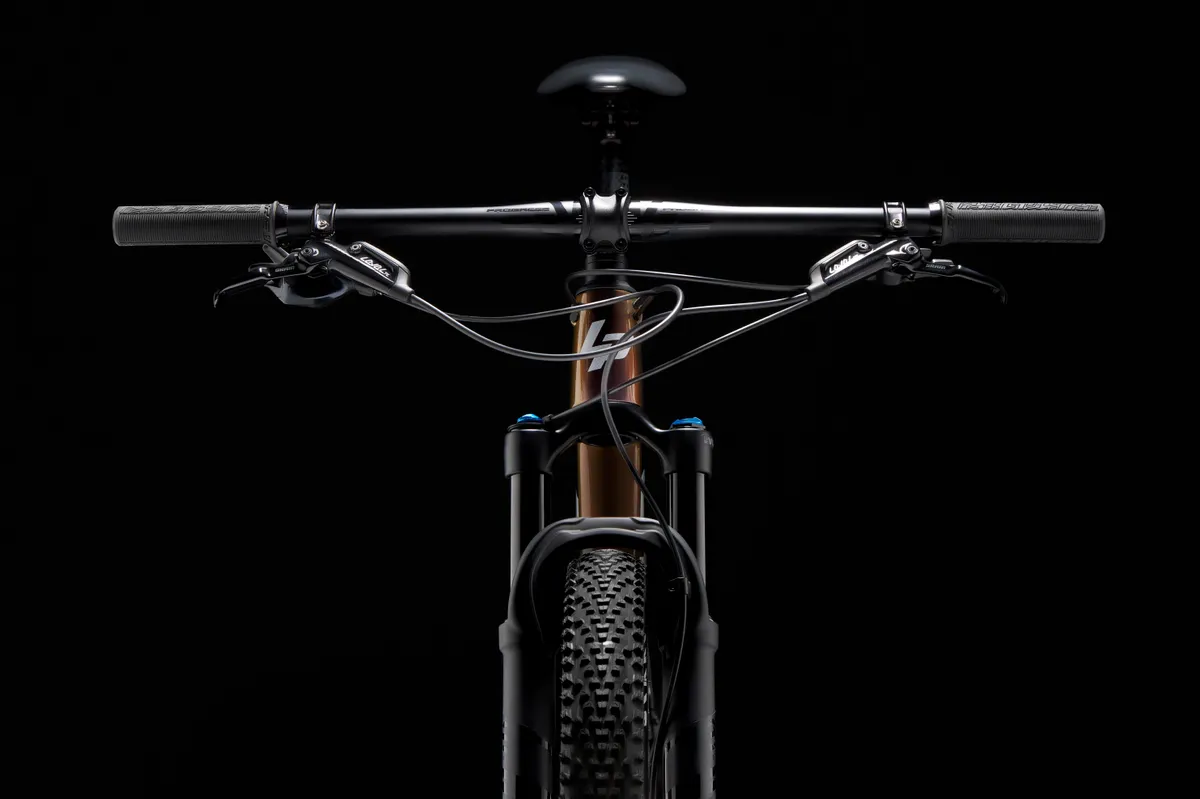
Lapierre has revised the geometry of the new frames and – you guessed it – the new bikes feature a longer reach, steeper seat tube angle and slacker head angle.
The head tube angle has relaxed from 69 degrees on the current XR to 67 degrees and 66 degrees on the XRM.
The seat tube angle is steepened by one degree from the outgoing model to 75.5 degrees on the XR, but remains 74.5 degrees on the XRM.
On a size medium, the reach on an XR comes in at 450mm – an increase by 13mm from the previous XR.
Lapierre XR Geometry Chart
| Frame | S | M | L | XL |
|---|---|---|---|---|
| Head tube angle (degrees) | 67 | 67 | 67 | 67 |
| Seat tube angle (degrees) | 75.5 | 75.5 | 75.5 | 75.5 |
| Top tube length (mm) | 575 | 602 | 624 | 651 |
| Head tube length (mm) | 85 | 90 | 100 | 110 |
| Seat tube length (mm) | 390 | 430 | 470 | 510 |
| Rear Centre (mm) | 435 | 435 | 435 | 435 |
| Reach (mm) | 425 | 450 | 470 | 495 |
| Stack (mm) | 575 | 580 | 589 | 598 |
| Wheelbase (mm) | 1,133 | 1,161 | 1,184 | 1,213 |
Lapierre XRM Geometry Chart
| Frame | S | M | L | XL |
|---|---|---|---|---|
| Head tube angle (degrees) | 67 | 67 | 67 | 67 |
| Seat tube angle (degrees) | 75.5 | 75.5 | 75.5 | 75.5 |
| Top tube length (mm) | 575 | 602 | 624 | 651 |
| Head tube length (mm) | 85 | 90 | 100 | 110 |
| Seat tube length (mm) | 390 | 430 | 470 | 510 |
| Rear Centre (mm) | 435 | 435 | 435 | 435 |
| Reach (mm) | 425 | 450 | 470 | 495 |
| Stack (mm) | 575 | 580 | 589 | 598 |
| Wheelbase (mm) | 1,133 | 1,161 | 1,184 | 1,213 |
Lapierre XR and XRM frame details
The frames utilise SRAM’s Universal Derailleur Hanger (UDH) standard and are for 1x drivetrains only. All of the models come with an Anti-Derailleur chain guide to prevent chain drops.
The frames use post-mount brakes front and rear, rather than a flat-mount at the rear, which some brands have started to utilise on their cross-country bikes.
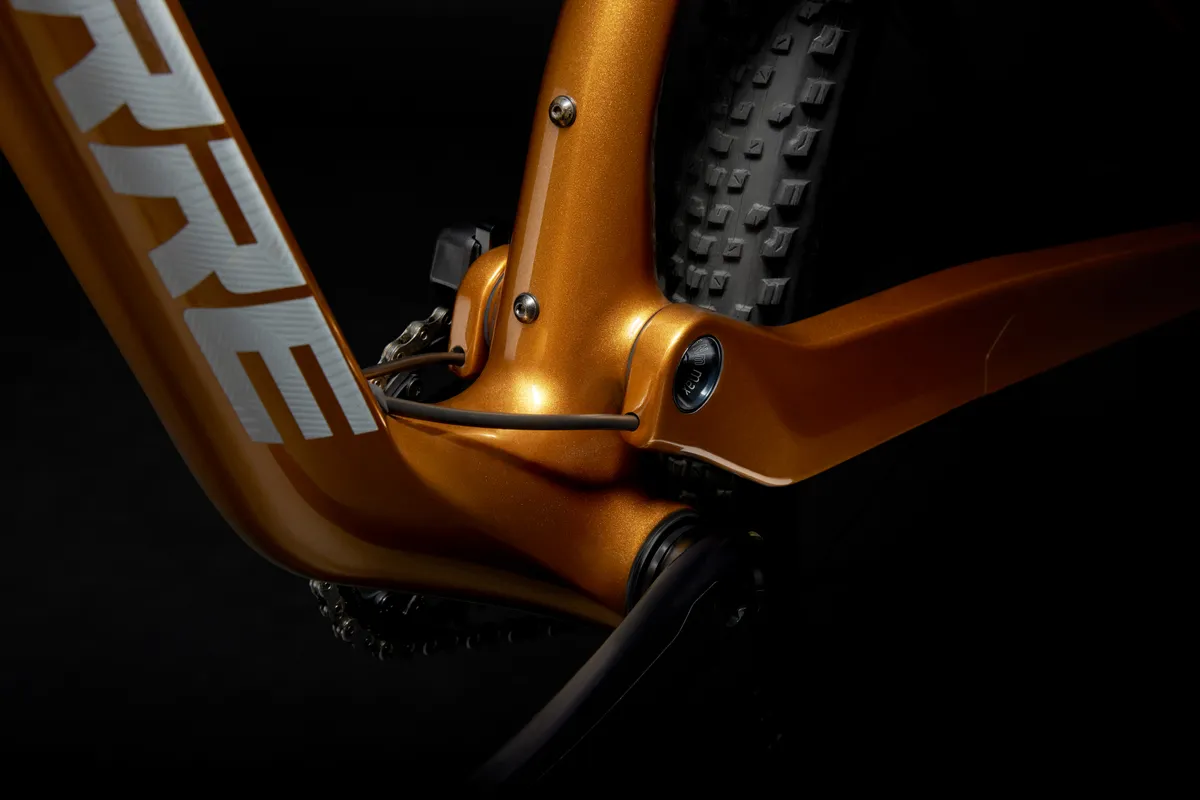
The frames feature internal cable routing, which is guided through a Kevlar-lined mould through the front triangle. The cables / hose temporarily exit before heading back into a guided section through the rear triangle.
The bikes feature a remote lockout for the suspension and are built around a PF92 press-fit bottom bracket.
The XR models feature rigid seatposts, but the XRM models are specced with dropper seatposts to tackle the slightly more rowdy riding they are intended for.
2022 Lapierre XR and XRM range overview
There will be three XR models and two of the XRM variety.
Lapierre XR 5.9
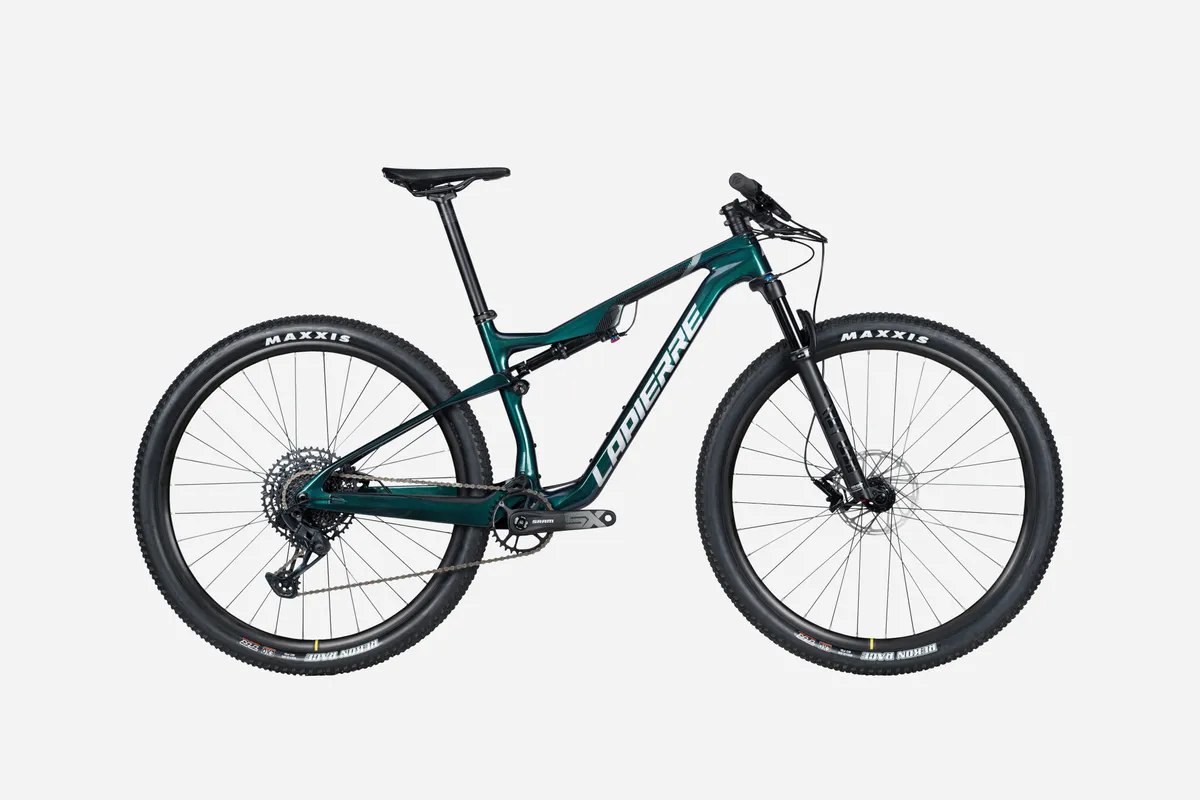
- Frame: New XR full carbon, 100mm travel
- Fork: Fox Rhythm 32 Float 3, 100mm travel, 44mm offset
- Shock: Fox Float DPS, Performance Series
- Drivetrain: SRAM SX Eagle with GX Eagle rear derailleur
- Brakes: SRAM Level T, 2-piston
- Wheelset: Mavic XC 425 rims on Lapierre DR813 hubs
- Price: TBC
Lapierre XR 7.9
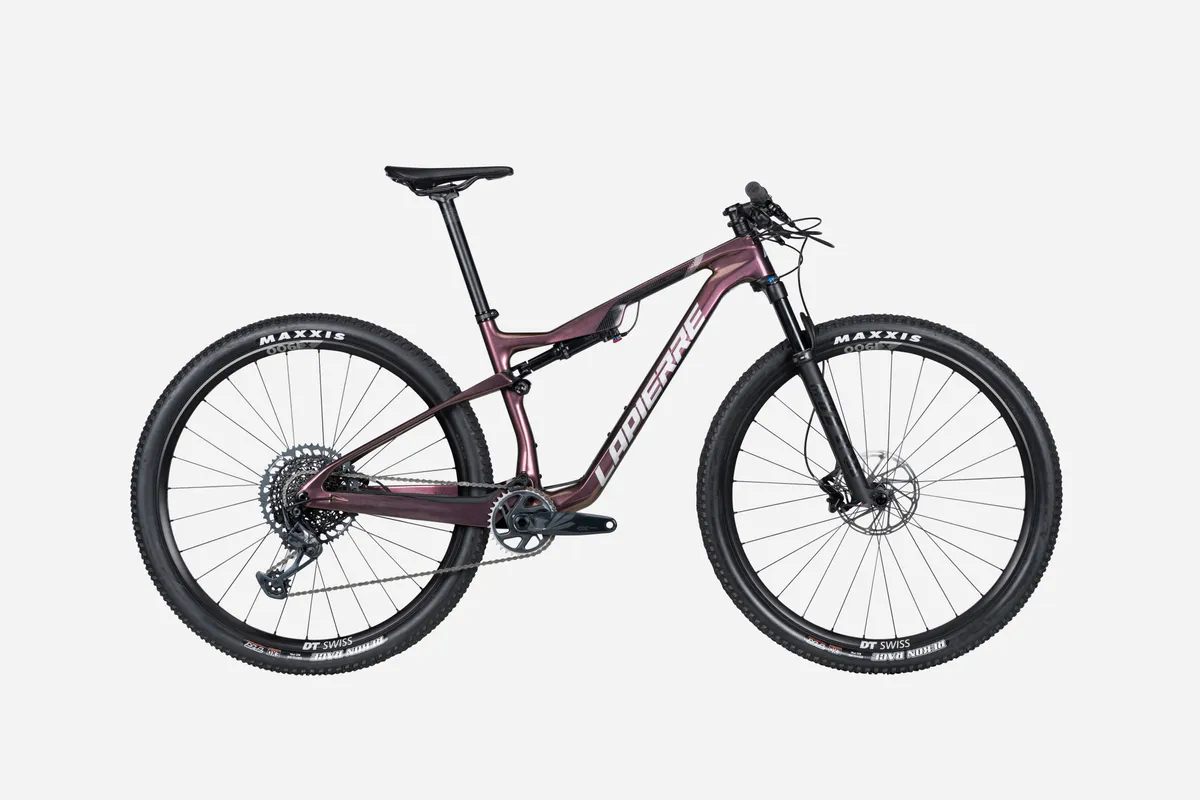
- Frame: New XR full carbon, 100mm travel
- Fork: Fox 32 Performance Series Float 3, 100mm travel, 44mm offset
- Shock: Fox Float DPS, Performance Series
- Drivetrain: SRAM GX Eagle with X01 Eagle rear derailleur and NX Eagle chain
- Brakes: SRAM Level TL, 2-piston
- Wheelset: DT Swiss X1900 Spline
- Price: TBC
Lapierre XR 9.9 (Team)
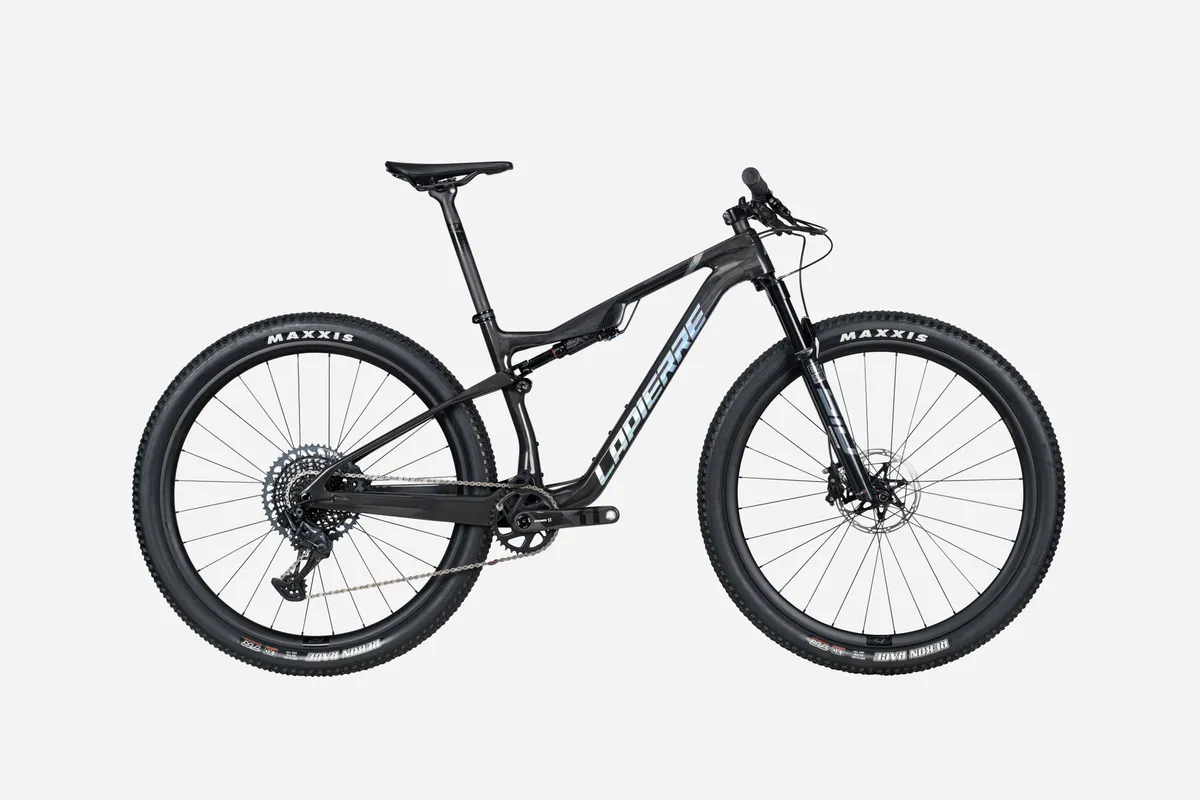
- Frame: New XR full carbon, Team layup, 100mm travel
- Fork: RockShox SID Ultimate Charger Race Day Remote, 100mm travel, 44mm offset
- Shock: RockShox SID Luxe Ultimate Remote
- Drivetrain: SRAM X01 Eagle with XX1 Eagle rear derailleur and X1 chainset
- Brakes: SRAM Level TLM, 2-piston
- Wheelset: Lapierre Carbon XC SL
- Price: TBC
Lapierre XRM 6.9

- Frame: New XRM full carbon, 110mm travel
- Fork: RockShox SID Select Charger RL, 120mm travel, 44mm offset
- Shock: RockShox SID Luxe Select+
- Drivetrain: SRAM GX Eagle with NX Eagle chain
- Brakes: SRAM Level T, 2-piston
- Wheelset: Mavic XC 425 rims on Lapierre DR813 hubs
- Price: TBC
Lapierre XRM 8.9
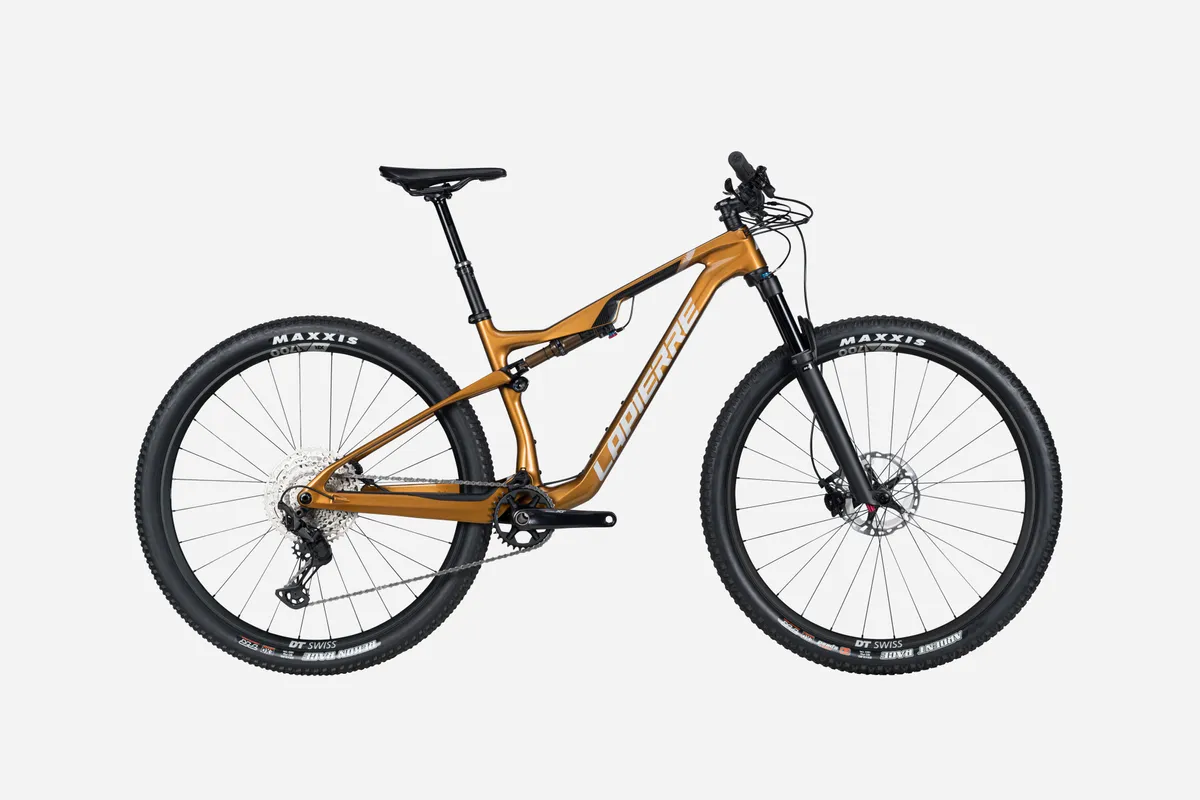
- Frame: New XRM full carbon, 110mm travel
- Fork: Fox 34 SC Factory Series Float, 120mm travel, 44mm offset
- Shock: Fox Float DPS Factory Series
- Drivetrain: Shimano Deore M6100 with XT rear derailleur and chainset
- Brakes: Shimano XT, 2-piston
- Wheelset: DT Swiss XM1700 Spline
- Price: TBC
